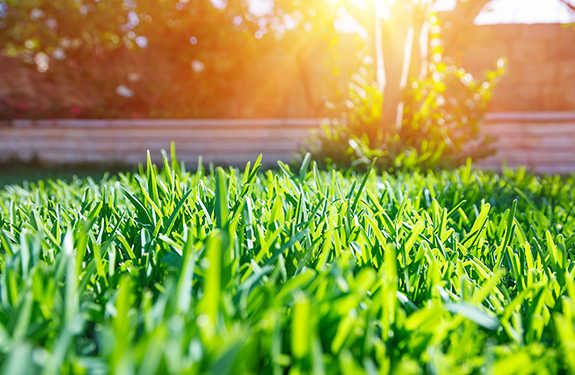Your Cart

Unwanted Warm Season Grasses Invading NOVA
Jun 20, 2023
![Unwanted Warm Season Grasses Invading NOVA]()

Having a beautiful, lush lawn is our desired goal in the DC Metro area but warm season grasses have become an increasing problem. These unwanted turf varieties are infesting the preferred fescue lawns with varieties that include: Dallisgrass, Chain Grass, Goose Grass, Couch Grass, Devil Grass, Wire Grass, Dog Tooth Grass and Bermuda grass. These funny sounding invasive grasses attract pests, turn brown with the first frost, and make an ugly contrast with green turf.
WHAT IS WARM SEASON GRASS?
Warm season grasses were introduced into the United States in the 1800s as a fast growing forage plant that could survive in southern climates. They thrive in sandy or clay soils, prevalent in our area. They love nitrogen fertilizer and grow twice as fast as regular turf grasses, which can create unsightly tufts for the homeowners. Dallisgrass leaf appearance is very similar to crabgrass but much harder to control.
Being a vigorous, stoloniferous grass, it rapidly invades crops in high rainfall or irrigated areas. It is a difficult weed to eradicate because of its seed production and deep rhizomes.
WHY IS WARM SEASON GRASS UNDESIRABLE?
With its aggressive spreading habit, warm season grasses gradually crowd out the desirable fescue grasses, creating an unsightly contrast between turf types. This has become the nastiest of turf weed problem to control. Another issue is that it turns brown very quickly once any frost hits it, creating a sharp contrast particularly with tall fescue grasses which stay green all winter.
They also attract serious insect pests that feed on it. These include armyworms, cutworms, sod webworms, Bermuda grass mites, and rhode grass scale (mealybug). The latter two insects cause damage by sucking juices from the stems and stunting the normal growth of the grass. Nuisance type insects found on Bermuda grass include chiggers, ants, and ticks.
CAN WARM SEASON GRASS BE CONTROLLED OR PREVENTED?
Due to its extensive root system, bermuda grass is very difficult to control or even eradicate completely from a lawn where it has been growing vigorously. The underground roots and the above ground runners spread everywhere. As a result, even flower beds and other adjacent areas can also become affected. Post-emergent herbicides that are used to remove crabgrass can work, although they must be applied several times at higher intervals to complete the treatment and prevent regrowth.
Conventional weed/crabgrass control applications are not effective. The process to control this type of infestation is not part of the standard treatments in our agreement. As is the case with broadleaf weeds and crabgrass, annual attention is needed and complete eradication is not possible. The control applications must be made in August and September over 3 applications that are three weeks apart.
It can be costly to control these warm season grasses but the infestation will only worsen over time. In some cases, clients make the commitment to control the infestations while they are not that prevalent. Others, on the other hand, are willing to accept the appearance of having these warm season grasses. If you would like to be proactive in controlling these unwanted grasses, we would be happy to provide you with a specific estimate and long term control plan.
